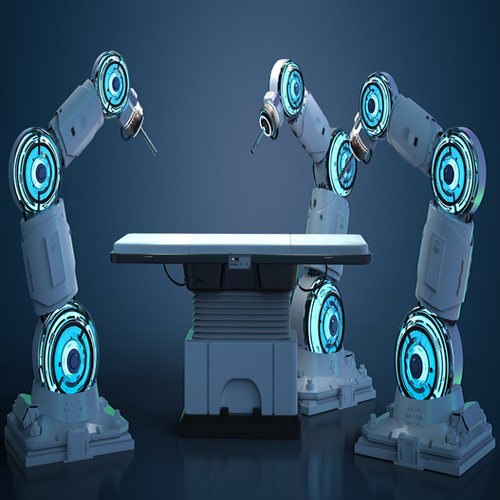Surgical robots are changing operating rooms worldwide. They promise better precision, fewer complications, and faster patient recovery. But beyond these benefits, they raise tough questions: Who controls the robot? Who owns the skill? How does it feel to share your operating table with a machine?
A recent study looked closely at these questions. The researchers spoke with surgeons, nurses, and anesthesiologists who use the Da Vinci Robotic Surgery System in a major Turkish hospital. Their answers reveal a mix of excitement, fear, and deep reflection.
Tools or teammates?
Most surgeons still see robots as tools. They compare them to scissors or scalpels—something they guide and control completely. But with robots like Da Vinci, this line blurs. Surgeons guide the robot’s arms as if they are their own hands. They call this "avatarization."
This feeling of merging boosts confidence. Surgeons feel they have extra hands and eyes inside the patient. But it also hides risks. When they see the robot as a part of themselves, they might overlook mistakes or become overconfident.
Who really owns the robot?
Ownership is complicated. Hospitals or tech companies buy these costly robots. Surgeons spend hours training, learning, and practicing. They develop a strong sense of psychological ownership. They feel, “This robot is mine.” But they do not control its maintenance, updates, or final decisions on its use.
This gap can frustrate surgeons. It also means hospitals depend heavily on robot manufacturers for parts and support. When parts wear out, they can't reuse them. High costs force hospitals to limit which patients get robotic surgeries.
Power, agency, and future fears
Most surgeons do not believe robots will replace them soon. They think robots will stay as helpers. But some fear a future where robots do more and humans do less. They worry this could push surgeons into smaller roles, or even remove them entirely one day.
Some even draw comparisons to the industrial revolution, where machines reduced the need for human labor. They ask, "Will robots take over our jobs too?"
Access and fairness
Robotic surgery could make healthcare more equal. Top surgeons could operate on patients far away using robots. This might bring expert care to small towns or remote regions.
However, this dream is still far away. Right now, only big, well-funded hospitals can afford robots. Costs are high, and systems depend on expensive, proprietary parts. This limits access for many patients and widens the healthcare gap.
Choosing what to know
Surgeons often decide what they want to know about the robot. They focus on the parts they control. This is called "strategic ignorance." By not knowing everything, they keep their sense of power and independence.
But this strategy hides deeper dependencies. Surgeons rely on engineers and companies to keep robots running. They also rely on nurses and other staff for setup and support. These hidden layers of dependence can affect patient safety and team trust.
It takes a team
Robotic surgery isn't a one-person show. Nurses dock the robot and prepare its arms. Anesthesiologists manage patient safety throughout. Tech staff fix technical glitches.
Every team member must understand the system. Without strong teamwork, errors rise. A strong sense of shared ownership is key. This means training everyone, not just the surgeon.
Rethinking relationships
The study introduces two new ideas: avatarization and strategic ignorance. Avatarization describes how surgeons see the robot as an extension of themselves. Strategic ignorance is about choosing what to know and ignore to stay in control.
These ideas show that human-robot relationships are not just technical. They are social and emotional. They change power structures and shape how professionals see themselves.
Looking ahead
Robots can help build a fairer, more efficient healthcare system. But to do this, hospitals and policymakers must address high costs and training gaps. They must make sure robots do not deepen inequalities.
Robots must remain tools that empower humans, not replace them. Shared ownership and strong teamwork can help. Equally, surgeons need spaces to reflect on how they use and depend on robots.
Final thoughts
Robots in surgery bring a mix of promise and risk. They extend human abilities but can shift control and responsibility. They can help build a more inclusive future but also threaten traditional roles.
In the end, robots are not just about metal arms and precise cuts. They are about humans—how we adapt, learn, and decide what kind of future we want in the operating room.
The study is published in the journal Scientific Reports. It was led by researchers from Brunel University of London.





